I went out to St Catherine’s breakwater, taking images going out from the breakwater to each side of it.
These are some of my favourite images:




I then used lightroom to go through and edit them all.
Here are some of my favourite edited images:
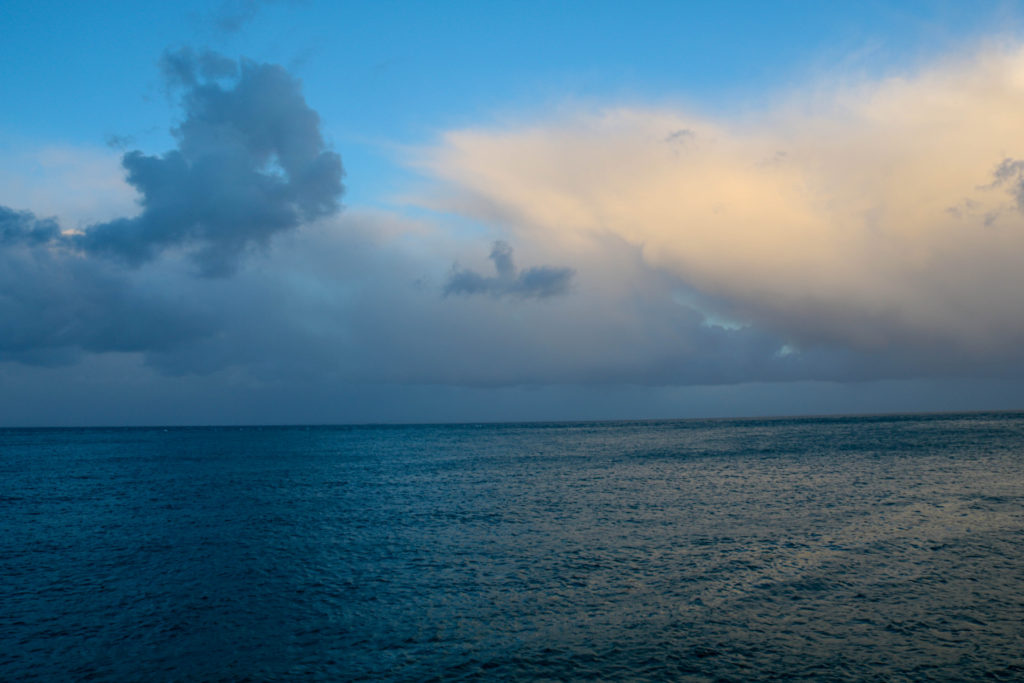

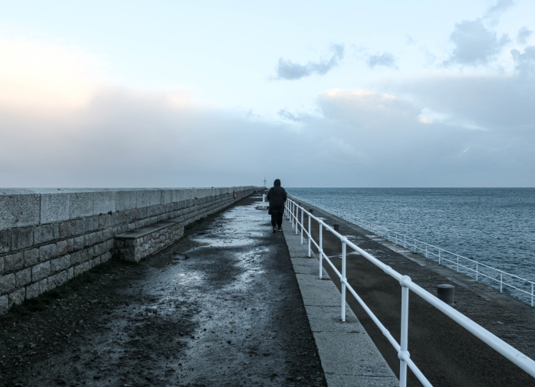
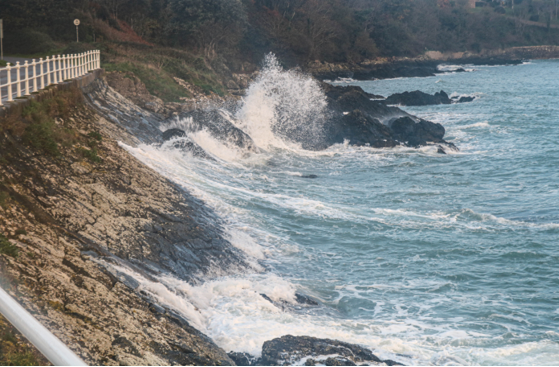
I went out to St Catherine’s breakwater, taking images going out from the breakwater to each side of it.
These are some of my favourite images:




I then used lightroom to go through and edit them all.
Here are some of my favourite edited images:




About Ansel Adams
Ansel Adams, (born in San Francisco in 1902 and died in 1984) was a photographer and environmentalist. When Adams was four years of age he was a victim to the great earthquake and fire of 1906. This earthquake threw him to the ground and because of this he badly broke his nose, distinctly marking him for life. A year later the family fortune collapsed in the financial panic of 1907. The most important result of Adams’s somewhat different and more difficult childhood was the joy that he found in nature and photography.

The face of half dome

This is one of Ansel Adams most popular images. He went through a lot of travelling and hiking up snowy mountains to get the photo. On the right is the first image he took without a red colour filter on the camera. Adams felt that the image had no drama and outstanding quality to it, so he decided to take another photo but using a red colour filter on the camera. This made the image more dramatic and gave a huge range of black to white tones, with the sky being black and the snow and some parts of the mountain being white.

The pixilation of this image shows that Adams managed to include each tone on the black to white scale. This could of encouraged him to make his zone system, which he created in 1940.
The zone system

This zone system was created by Ansel Adams and Fred Archer. They developed this zone system to help photographers control their black and white images. It was also designed to provide structure for determining exposure, which ensured that the photographer could create a properly exposed image each time they took a photo. It was made to put the 11 zones into order of gradient. Each zone represents all of the different tones you would see in a black and white photo.
Mood board of images by Ansel Adams

This range of images Adams has produced shows the efforts he went through to take these photos. With many of them being of mountains and high up places looking over valleys and rivers. All of the images show a gradient going from black to white and having every shade inbetween.
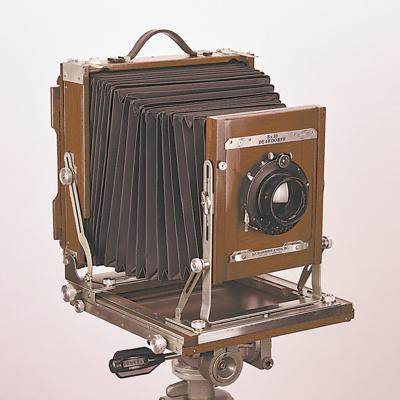
The large format camera takes images with the measurements of 4*5 inches or more. The camera is large and heavy and best for taking and producing high quality prints. The two main type of large format cameras are: field and studio cameras.
This camera was used by Adams. It was not digital and had no exposure settings. There were different colour filters that you could switch between to change the look of the photo. Adams had to carry this camera with him when he hiked up mountains/hills and went through a lot of work to get the right photo.

Group F/64
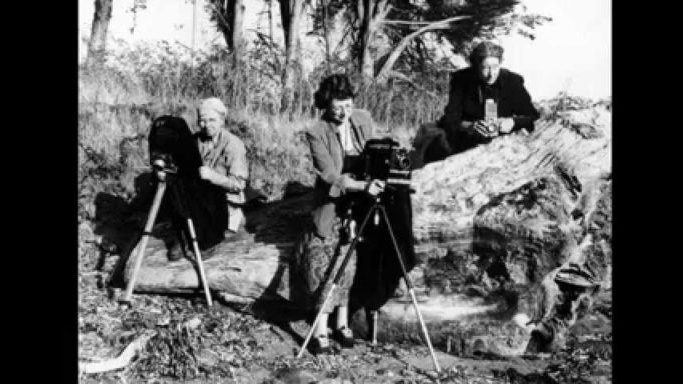
The group f/64 was formed in 1932. They were a loose association of California photographers who promoted a style of sharply detailed purist photography. The original group members were; Ansel Adams, Imogen Cunningham, Edward Weston, Willard Van Dyke, John Paul Edwards, Brett Weston, Conseulo Kanaga, Alma Lavenson, Sonya Noskowiak and Preston Holder. The name of this group was taken from the smallest setting of large-format camera diaphragm aperture that gives a good resolution of depth of field. Even though the members of the group had a wide range of subject matter in their work, they were all similar in the way that they all used the camera to photograph life as it is.
‘You don’t take a photograph, you make it.’ – Ansel Adams
Ansel Adams was a 1940s photographer known for his black-and-white images of the American landscapes. He advocated “pure” photography which favoured sharp focus and the use of the full tonal range of a photograph. He even created a Zonal System to ensure that all tonal values are represented in the images. Zone 0 is pure black, showing no details. Zone 5 is “middle grey”, it would represent the sky in a lot of his images. Zone 10 is pure white, it would show light sources or reflections in an image, in his famous image, Face of Half Dome (1927) it shows the colour of the snow on the side of the half dome.


He helped found the group f/64, which was a group of photographers that focused on ‘pure’ photography. This type of photography focuses in on sharp focus and the use of the full tonal range in the image. He was also seen as an advocate of environmental protection, national parks and creating an enduring legacy of responses to the power of nature and sublime conditions. Other members in Group f/64 included Edward Weston Dorothea Lange, Imogen Cunningham among other female photographers who has been overlooked in the history or photography.
![Exhibition poster for An Exhibtion of Photographs by Group f/64, University of Missouri] | International Center of Photography](https://s3.amazonaws.com/icptmsdata/2/0/1/1/2011_68_130_462615_displaysize.jpg)

This is one of Adams most famous pieces, featuring a cliff face which Adams photographed in 1927. Adams hiked along Yosemite’s LeConte Gully. Once getting to the desired location, Adams set up his camera and snapped a photo, which resulted in the photo on the right. Despite it being an accurate photo, it wasn’t what Adams has previously visualised and he was unsatisfied with it. He decided to add the red filter, and once again snapped a photo. This time, it resulted with the image on the left, a perfect replica of Adams’ visualisation, a darker image with a variety of tones and high contrast.
‘You don’t take a photograph, you make it’
Ansel Adams
This quote is significant and a famous quote in the photography industry, as it shows the importance of photography and how well thought out it is. Adams says that ‘you make it’ which implies that a photographer takes time to plan his photos out to create the desired outcome, this implies that photography is made the same way you make a piece of artwork.
Ansel Adams was an American landscape photographer and environmentalist known for his black-and-white images of the American West. Ansel Adams was an advocate of environmental protection, national parks and creating an enduring legacy of responses to the power of nature and sublime conditions. Drawn to the beauty of nature’s monuments, he is regarded by environmentalists as a monument himself, and by photographers as a national institution.
During the Great Depression, the citizens of America looked towards the West and the opportunities it offered, particularly through massive public works projects. Ansel Adams was one of the original members of the group. The first attempt in spreading their visual ideas was the 1932 exhibition of eighty of their photographs held at the M.H.

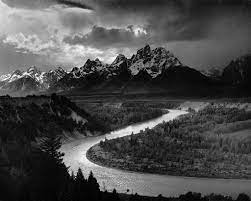
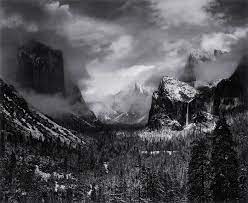






This example of Adams photography shows how different films can affect the image. The ‘Monolith, the face of Half Dome, 1927‘ photo supports this on how a red film looks different from a yellow film. The image on the left shows the outcome of a photo created with red film, the image is darker and more dramatic which is what we believe Adams was trying to do. However the image used by the yellow film is a subtle black and white images with a slightly high exposure.


This Ansel Adams image shows a dramatic landscape of the Grand Tetons and The snake river. The leading lines follow the river to the focal point of the image of the mountains. Due to the dark corner bottoms thirds, following the rule of thirds, and the slightly dark vignette around the image it highlights the light and shape in the clouds, its shows the light beaming through the clouds onto the mountains. The tone of the image is dark however there is some light beaming from the clouds and glistening in the river, overall I think this image is balanced with the different tones of greys, blacks and whites while the composition also being balanced.
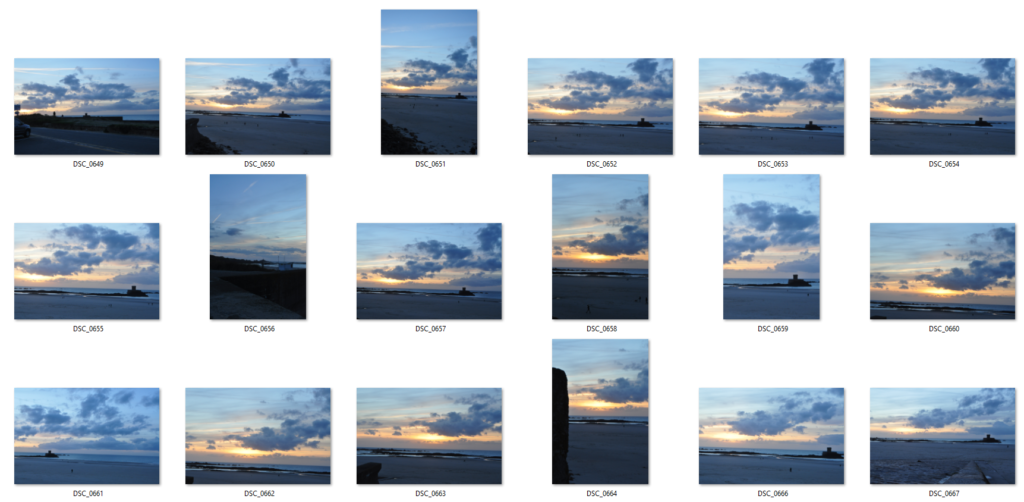







This is the contact sheet I created for this photoshoot in Lightroom Classic. I used colours as a filtering system; red for photos I won’t use/ won’t edit, yellow for photos I might come back to and edit and blue for photos I will definitely edit or have already edited. I also removed some photos from the contact sheet which I didn’t think would be any use at all.
Ansel Easton Adams was an American landscape photographer and environmentalist known for his black-and-white images of the American West. He was born on the 20th of February, 1902 in San Francisco, California, USA. He passed on the 22nd of April, 1984 in Monterey, California, USA.
Adams was part of ‘Group f/64’, which was an association of different photographers who, as a group, advocated ‘pure’ photography. This type of photography focuses on sharp focus and the use of the full tonal range in a photo. As a group, they even created a Zonal System (as seen below) which ensured that all tonal values are represented in their work. Adams was also seen as an advocate of environmental protection, national parks and creating an enduring legacy of responses to the power of nature and sublime conditions. Other members in Group f/64 included Edward Weston Dorothea Lange, Imogen Cunningham among other female photographers who has been overlooked in the history or photography.
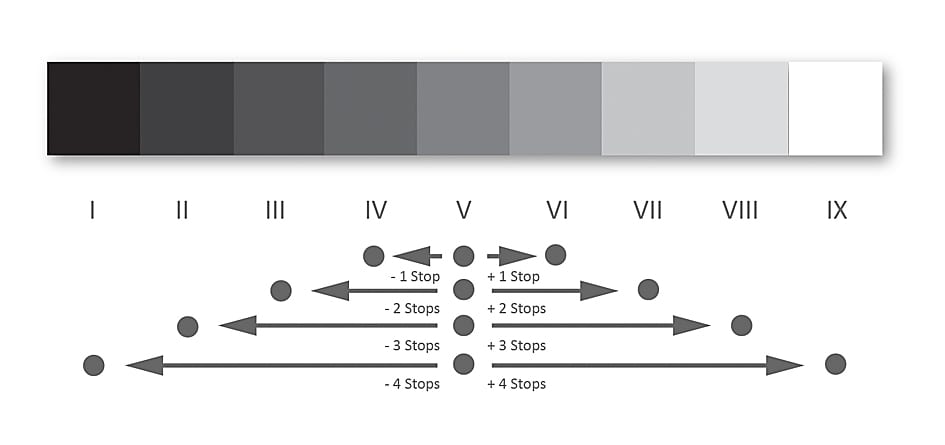
“You don’t take a photograph, you make it”
– Ansel Adams

The Zone System is a photographic technique for determining optimal film exposure and development, put together by Ansel Adams and Fred Archer. Adams described the Zone System as “not an invention of mine; it is a codification of the principles of sensitometry, worked out by Fred Archer and myself at the Art Centre School in Los Angeles, around 1939–40″.

Adams created high contrasting images using a range of different filters. He used the classic yellow, orange and red filters which he used with black-and-white film. Red had the most dramatic effect, yellow had the least effect on the blue sky; orange was somewhere in between. He wanted each of his images to include all the tones (from 0-10) to be present in his pieces, adding a dramatic effect to his work.

This is one of Adams most famous pieces, featuring a cliff face which Adams photographed in 1927. Adams hiked along Yosemite’s LeConte Gully in order to make this photo, documenting his journey along the way. Once getting to the desired location, Adams set up his camera and snapped a photo, which resulted in the photo on the right. Despite it being an accurate photo, it wasn’t what Adams has previously visualised and he was unsatisfied with it. He decided to add the red filter, and once again snapped a photo. This time, it resulted with the image on the left, a perfect replica of Adams’ visualisation, a darker image with a variety of tones and high contrast. This photo links in perfectly with his zonal system as the image includes all of the tones, resulting in a very tonal photograph.

After putting the photo into photoshop, I zoomed in on an area of the cliff face, which resulted in the image becoming pixelated and showing all the different tones included in the image. I circled the lightest and darkest tone that appears in this area of the picture, proving that Adams’ photos consisted of all of the tones.
“The term visualization refers to the entire emotional-mental process of creating a photograph, and as such, it is one of the most important concepts in photography”
– Ansel Adams
Simply put, photographic visualization is the confluence of imagination and technique. It is the ability to picture the essence of the final print in your mind before releasing the shutter. Adams used this technique to capture the amazing photos he made throughout his career, imaging the result of the photograph how he wanted it to obtain a perfect result. In his case, Adams wanted to create high contrast images with a wide variety of tone, therefore he made sure to choose the right filters (mostly red) to make the photo match his visualisation. Visualisation is what helped Adams attain his unique style, capturing different landscapes in ways that no-one has before. This is also why Ansel Adams said that “you don’t take a photograph, you make it”, as thanks to visualisation he could create amazing images.

Adams got up early on a cold morning of the 10th of April 1927, setting out on a hike along Yosemite’s LeConte Gully, all of his photograph equipment in hand. Adams’ was determined to capture an image of the striking sheer face of Half Dome, which was seen as one of the national park’s most iconic and beautiful aspects. Ansel knew the trail well, as he has spent quite a few of his previous summer holidays as a keeper of the Sierra Club in the nearly lodge located in Yosemite Valley. Despite this, Adams’ was accompanied by his fiancée, Virginia Best, and his three close friends- one of which was his lifetime friend and fellow natural landscape photographer, Cendric Wright. They all made their way along the steep gully in the icy shadow of nearby Grizzly Peak. Adams had already taken this journey once before, taking the route about a decade earlier, to capture the very spot with his new Kodak Brownie camera. He took several images of the Half Dome, including one upside-down image, his favourite, taken accidentally as he fell off a stump.
When Adams and his companies reached the Diving Board, a steep outcropping more than 3,500 feet above Yosemite Valley, Ansel knew this was the perfect place from which he would capture the Half Dome’s sheer face. The photograph he made, “Monolith, the Face of the Half Dome” captured the mountain under the nose of the dark sky, contrasting with its face being illuminated by the sparkling midday sun. Adams firstly made an exposure using a yellow filter, however this didn’t present the photo as he visualised it. He then took the red filter, which made the sky darker and produced this contrasting image we can see today, perfectly resembling his visualisation. The photos technical excellence and artistic mastery would soon launch Adams’ career as one of the finest commercial and fine-art photographers of the 20th century.
Today, the image stands as not only one of Adams’ finest works, but as a lasting and iconic depiction of one of the most unique spots in the American wilderness.

This photo clearly represents the features of romanticism and the sublime, capturing a naturally- formed mountain face over towering the snowy landscape around it. Despite Adams’ long hike up and along the gully, the photograph always remained below the top of the Half Dome, portraying the massive size of the mountain. This perfectly suggests the idea of the sublime, how our human architecture and industry will forever remain insignificance against the great creations of nature. The image includes an amazing variation of different tones, creating contrast and causing there to be a dramatic mood throughout the photo. The composition of the image, allows the dark sky to be seen on the left side of the image, once again creating a dramatic effect and adding an area of dark tone in the image. The textured face of the Half Dome, causes us to realise the age of the mountain, the different texture showing us how long it has lasted and the different weathers it survived. The lines illuminated by the sun also create leading lines, guiding our eyes down through the photo and helping us image the sheer size of the mountain in real life.
What is a mood board?
A mood board is a collection of images gathered together into collage form. People use it extensively in design and photography to help define the visual direction of a project. Sometimes you may want to create a physical board from magazines and other print media. But these days mood boards are usually virtual.
My photoshoot for landscape romanticism and the sublime has me inspired to focus on doing coastline areas around Bouley Bay and also autumnal/ wintery settings in the lanes of jersey. I think these locations are good for this topic as they are very rural areas and show off the peacefulness of nature.
My mood board:
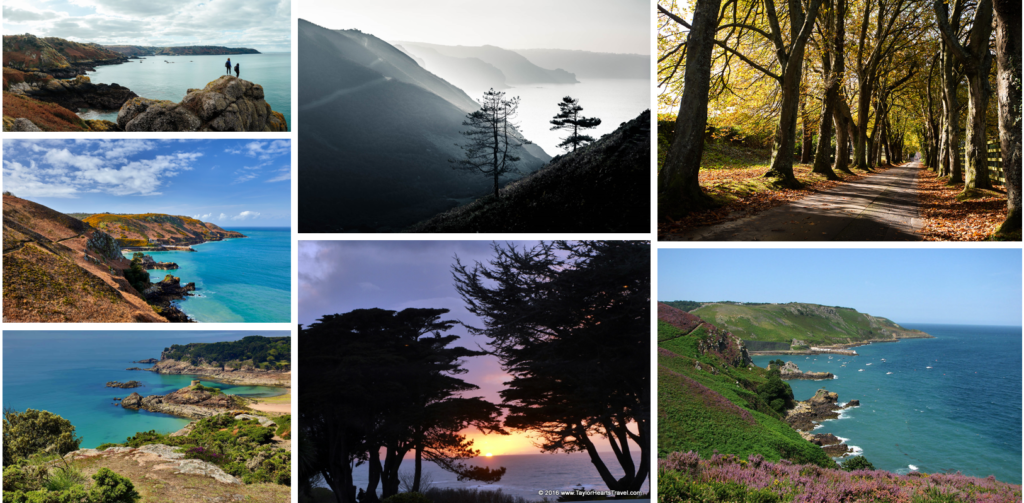
‘You don’t take a photograph, you make it.’ – Ansel Adams
Ansel Easton Adams was an American landscape photographer and environmentalist known for his black-and-white images of the American West. He helped found Group f/64, an association of photographers advocating “pure” photography which favoured sharp focus and the use of the full tonal range of a photograph.
What is group f/64, and what does it mean?
Formed in 1932, Group f/64 was a San Francisco Bay Area-based informal association of 11 American photographers, including Ansel Adams, Imogen Cunningham, and Edward Weston. Like many postwar documentary photographers, this group of so-called ‘straight’ photographers focused on the clarity and sharp definition of the un-manipulated photographic image. Committed to a practice of “pure photography”, Group f/64 encouraged the use of a large-format view camera in order to produce grain-free, sharply-detailed, high value contrast photographs. The name of the group is taken from the smallest camera lens aperture possible—which yields the sharpest depth of field.
About Ansels photography:
Ansel’s pictures would never turn out how he imagined them to. This was due to exposure and tones, and that the pictures he took were in black and white. The camera ansel would use is a kodak A4 speed camera:

Ansel couldn’t take several photos at once instead he had to use glass plates each time he took a photo, this is why it was essential for him to be able to make sure that he wasn’t wasting any chances. To enable him to understand and estimate his outcomes for his pictures he created the ‘zone system’.
The zone system
The zone system was designed to provide a framework for determining exposure, ensuring that the photographer could create properly exposed images each and every time. Despite it being almost ninety years old, the zone system in photography is still relevant today, in both film and colour photography. it is a scale of eleven tone values. The darkest being pure black, the lightest being pure white. Black is Zone 0, white is Zone X. Each grey value between these two extremes is exactly one photographic stop different than the grey tone on either side of it.


Contact sheet
Here are some pictures of the contact sheet of my second photoshoot I have done, of the sand dunes. This shows the process of me selecting and discarding images and rating them on a scale of green being some of my best images, and red being some of the more poor images that maybe aren’t as good.


Final images
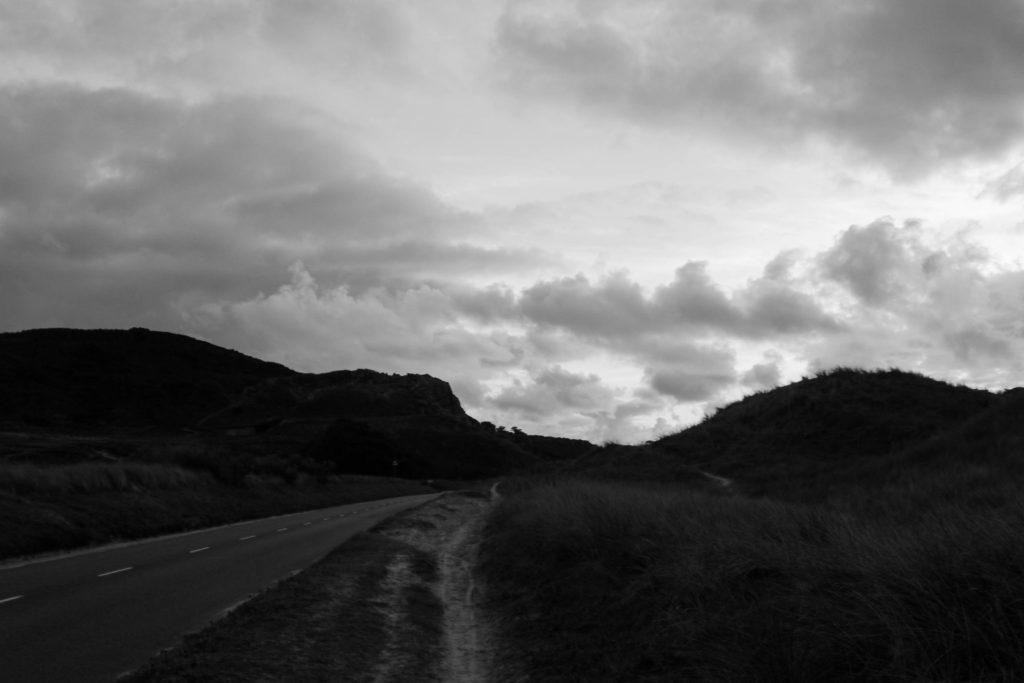

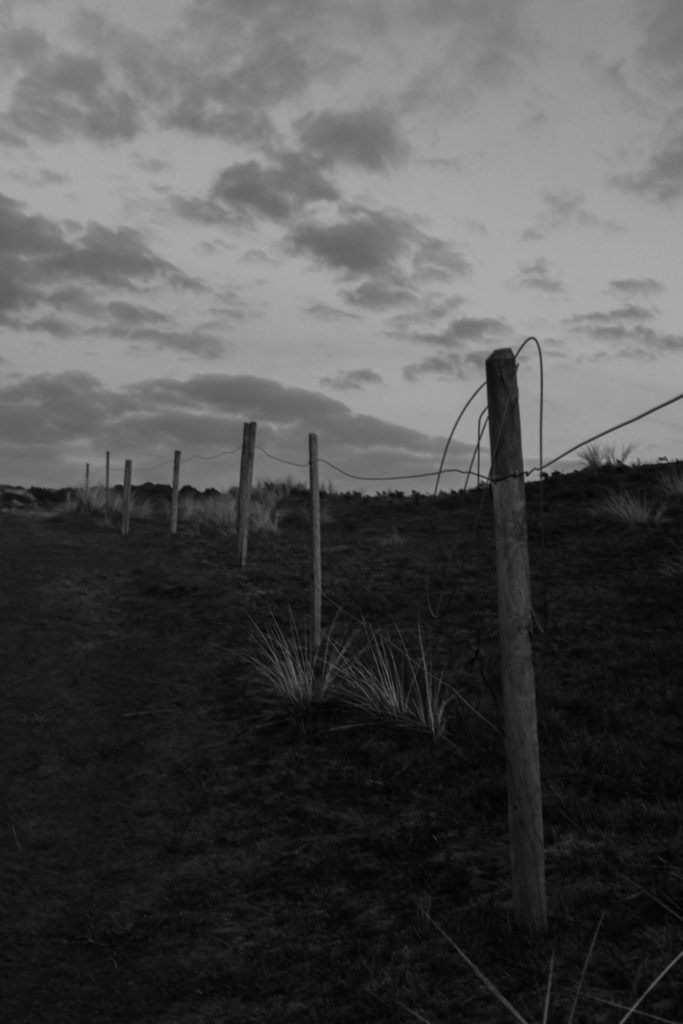
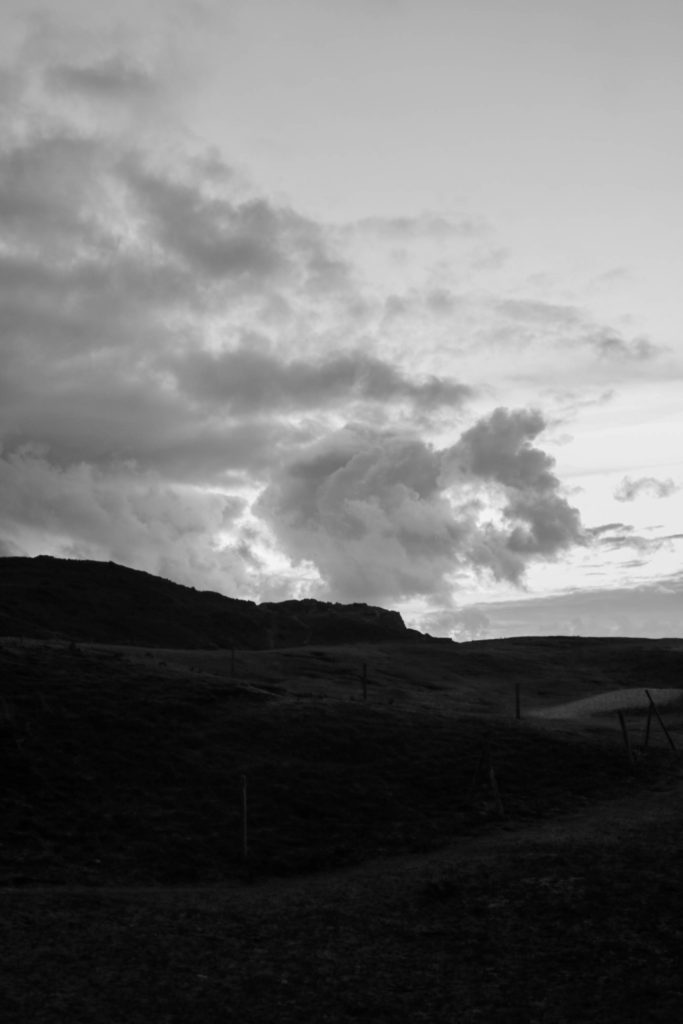
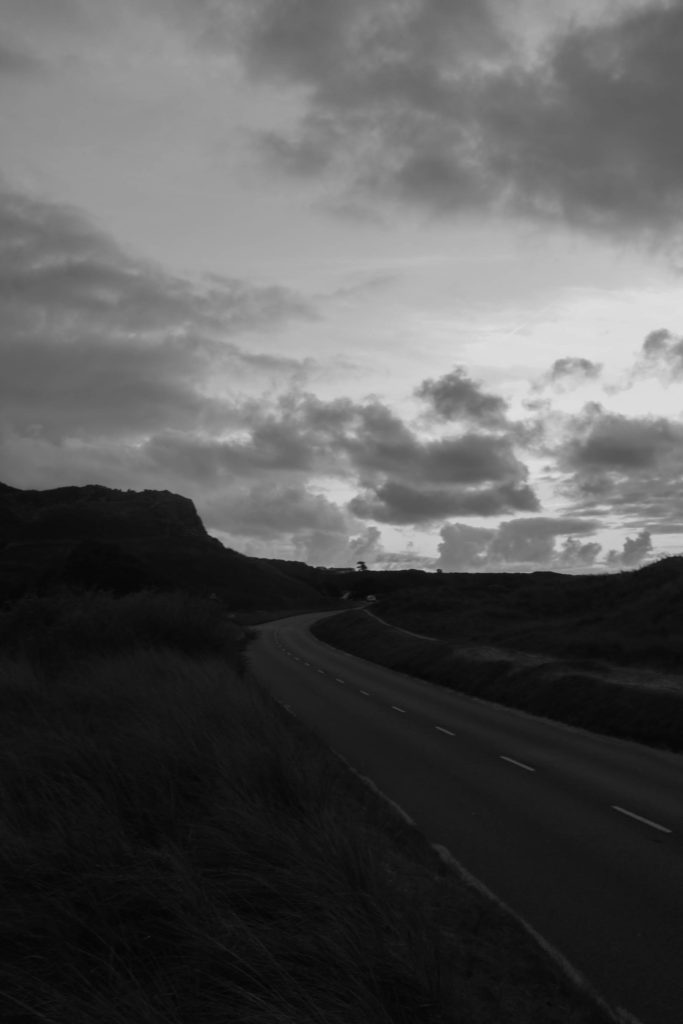
These weren’t very exciting landscapes and as it was dark when I was photographing it, the colours also weren’t very bright. So, I decided to make my images black and white. I also think this makes the images appear more dramatic and have more of an impact than if they had dull colours.
what it is:
Exposure bracketing is where the photographer take a selection of images using different exposure settings. Some of them will be over exposed and others will be under exposed It allows you to get the perfect images with the foreground and the background in focus. You can do this automatically or manually on a digital camera. To do this automatically you can select the AEB button on the camera which will take a selection of images for you with different exposures. It allows us to capture high contrasting images. To do it manually you can change the exposure settings as seen in the images below.


my images:
